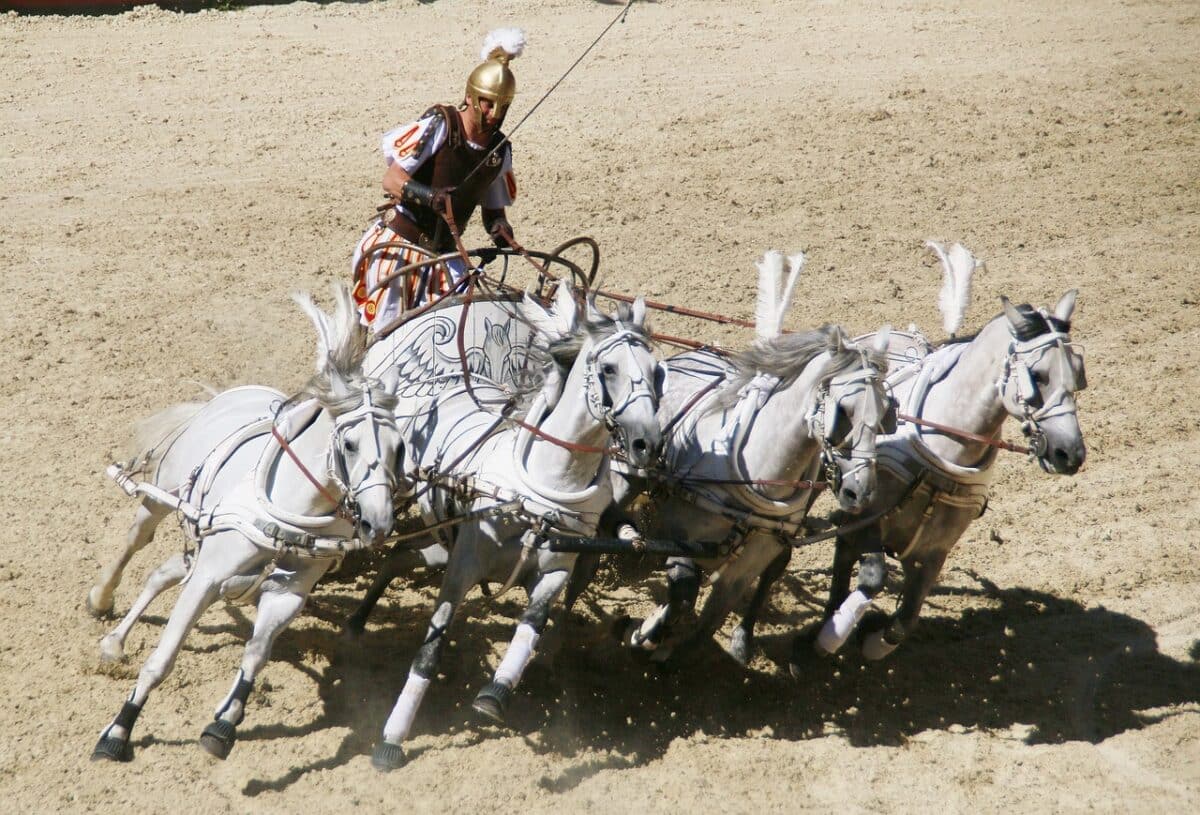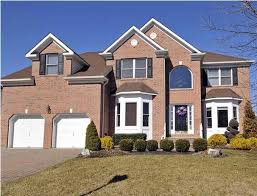The Evolution of Garage Doors: From Ancient Chariots to Modern-Day Multi-Purpose Spaces
1. Ancient Origins: Chariots and Carriage Houses
Did you know that the concept of garage doors can be traced back to ancient civilizations? In ancient Rome and Egypt, chariots were stored in special buildings called gatehouses, which were equipped with large doors to protect these valuable vehicles. Fast forward to the 18th and 19th centuries, when horse-drawn carriages became the primary mode of transportation. Then, carriage houses, the predecessors of modern garages, were designed with big wooden doors to store these carriages and harnesses.
2. The Shift to Motorized Vehicles: Enter the Automobile
With the invention of the automobile in the late 19th and early 20th centuries, there was a significant shift in both transportation and home design. The early days of cars saw them being stored in carriage houses or even barns! But as cars became more common, there was a need for a dedicated space to protect these new modes of transportation from the elements. Thus, the modern garage was born.
Early garages were often detached from the main house and featured simple, barn-style doors that swung outward. However, these doors were cumbersome and required a lot of space to operate. As automobiles became more central to daily life, homeowners began to demand more convenience, leading to the development of the overhead garage door in the 1920s. This invention revolutionized the way people stored their cars, allowing for easy access and maximizing space.
3. Style and Function: The Garage Door’s Impact on Home Trends
As garages became more integrated into home design, they began to influence architectural styles and fashion trends. However, in the mid-20th century, the rise of suburban living saw garages becoming a focal point of the home’s exterior. The garage door started to evolve from a purely functional element to a key design feature, with homeowners seeking doors that complemented their home’s style.
Today, garage doors come in a wide variety of materials, colors, and designs, allowing homeowners to express their personal style. Whether it’s a sleek, modern design or a rustic, carriage-house look, the garage door has become an essential part of a home’s curb appeal.
4. Horse Carriages vs. Motorized Vehicles: Key Differences
While the transition from horse carriages to motorized vehicles may seem straightforward, it brought about some big changes in how garages were used. Horse carriages required large, open spaces for storage, with room for both the carriage and the horses. With cars, the focus shifted to a more compact, enclosed space that could be easily accessed and secured. This shift also meant that garages could be attached to the main house, making it more convenient for homeowners to access their vehicles.
5. The Modern Garage: More Than Just a Place for Cars
In today’s world, the garage has evolved far beyond its original purpose. While it still serves as a place to store vehicles, many people use their garages for a variety of other purposes. From workshops and home gyms to storage spaces and even home offices, the modern garage is a versatile. It is a valuable part of the home. It’s also a place where families can store bikes, sports equipment, and tools, making it an essential space for many homeowners.
Garage Doors – Their Historical Evolution
From ancient chariots to modern cars, the garage door has a fascinating history. It reflects the evolution of transportation and home design. As we continue to innovate and adapt, who knows what the future holds for this essential part of our homes? One thing’s for sure: the garage door will always be more than just a way to park your car!






